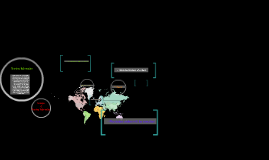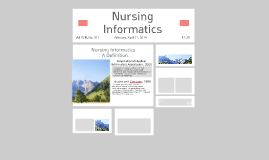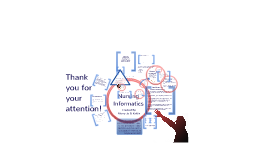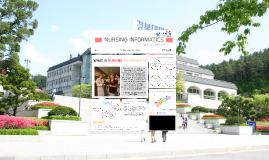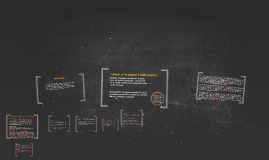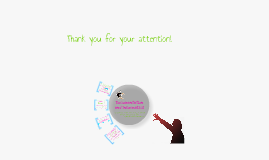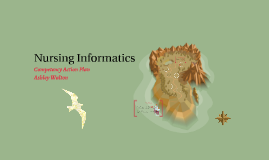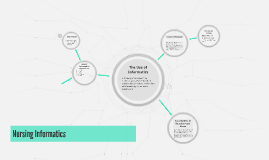Nursing Informatics
Transcript: Documentation and Informatics "Nursing Informatics combines the best of computer science and information science with nursing science" EHR- Electronic Health Record is replacing the traditional printed medical record. does not reduce the responisbility for documenting clinical information accurately and completely in a timely manner. Nurses are legally and ethically obligated to keep information about clients confidential. HIPAA (Health Insurance Portability and Accountability Act) took effect in 2003, requiring that disclosure or requests regarding health information are limited to the minimum. Requires the clients consent before information is released and provides recourse if privacy protections are violated. ...STANDARDS... The TJC (The Joint Commission) standards require that all clients who are admitted to a health care institution have an assessment of physical, psychosocial, environmental, self-care, client education and discharge planning needs. "documentation must be systematic, continuous, accessible, communicated, recorded and readily available to all members of the health care team." ANA Records and Reports Reports include : client identification and demographic data, informed consent for treatment and procedures, medical history, diagnosis, therapeatic orders, discharge plan and summary Can be oral, written, or audiotaped and include change of shift reports, telephone reports, transfer reports, and incident reports Communication of the most current and accurate continuous source of information about a client’s health care status. provide data that you use to identify and support nursing diagnoses, establish expected outcomes of care plan, plan interventions, and evaluate the care according to client's response to the care provider Documentation should clearly state: 1. Goal-directed nursing care provided 2. What happened to the client 3. All assessments 4. Interventions 5. Client responses 6. Instructions 7. Referrals Common Charting Mistakes 1. Failing to record pertinent health or drug information 2. Failing to record nursing actions 3. Failing to record that medications have been given 4. Failing to record drug reactions or changes in clients condition 5. Writing illegible or incomplete records 6. Failing to document a discontinued medication $$ Payment systems known as DRG's are used for reimbursement for client care. Accurate documentation of supplies and equipment assists in accurate and timely reimbursement. Quality improvement programs keep nurses informed of standards of nursing practice to maintain excellence in nursing care. Quality documentation and reporting have five important characteristics : Factual, accurate, complete, current, and organized Contains descriptive, objective information about what a nurse sees, hears, feels and smells. Avoid using vague terms such as appears, seems or apparently. Document clients exact words The use of exact measurements establishes accuracy. Must have correct spelling, use an institutions accepted abbreviations, symbols and system of measurment to ensure all staff members are using the same language in their reports and records. All entries in medical records are dated and a method is established to identify the authors of entries. The signature holds that nurse accountable for the information recorded. All information must be complete, containing appropriate and essential information. Flow sheets offer means to enter current information quickly. Activities or findings to communicate at the time of occurrence include: 1. Vital Signs 2. Administration of medication and treatments 3. Preparation for diagnostic test or surgery 4. Change in client's status and who noticed 5. Admission, transfer, discharge, or death of a client 6. Treatment for a sudden change in client's status 7. Client's response to treatment or intervention Take time to assess all the information before beginning to write in the permanent record. Critical thinking skills and the nursing process gives logic and order to nursing documentation. Methods of Record Keeping Narrative: The traditional method for recording nursing care, uses a storylike format to document information Problem-Oriented Medical Record: A method of documentation that emphasizes the clients problems. Helps coordinate a common plan of care Database: Contains all available assessment information pertaining to the client. Is the foundation for identifying client problems and planning care Problem List: After analyzing data, health care team members identify problems and make a single problem list. Includes client's physiological, pschological, social, cultural, spirital, developmental, and environmental needs. Nursing Care Plan: Includes nursing diagnosises, expected outcomes and interventions. Progress Notes: Monitor and recording the progress of a client's problems. Source Records: The client's chart has separate section for each discipline to record data. Records things such as nursing, medicine, social






